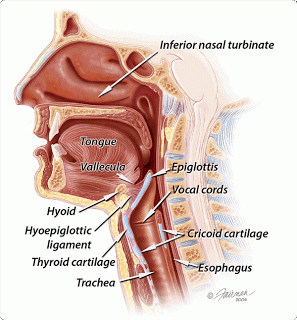Unit 5. Timbre: Voice
1. Timbre: definition
2. Voice
2.1. Voice emission
2.2. Voice classification
3. Voice ensembles
3.1. Solo singer
3.2. Small ensembles
3.3. Choirs
1. Timbre: definition
Timbre is the quality of sound that allows us to identify who or what makes the sound.
2. The voice
2.1. Voice emission
Voice emission consists of three phases:
• Breathing: it takes place in the respiratory system. It comprises three distinct moments: inhalation (we take air), hold (hold) and exhalation (we expel the air). There are two basic types of breathing: upper breathing and abdominal breathing.
• Production: The voice is produced in the vocal tract, whose main organ is the larynx, where the vocal cords are. The vocal cords are two small linked muscles, which contract and vibrate when air goes through, producing voice.
• Amplification: It takes place in the resonators. The vocal resonators are the thoracic cavity, the trachea, the nose, the forehead and the mouth. This last phase is where each person, each voice, acquires its characteristic timbre.




2.2. Voice classification
Voices are classified according to their range:
• Female: soprano (high), mezzo-soprano (medium) and contralto (low).
• Male: tenor (high), baritone(medium) and bass (low).
Depending on the character and the timbre a voice can be "coloratura", "lyric" or "dramatic".
2.3. Vocal ensembles
Voices can perform a capella or accompanied by instruments, acting as soloists, in small groups (duets, trios, quartets, etc.) or in choirs.
Soloist:
O mio babbino caro - Monstserrat Caballé
Small groups:
The Magic Flute: Duet Pa, Pa, Pa. Mozart
Choir:
Carmen: Avec la garde montante - Bizet
The most common vocal ensemble is the mixed choir: soprano, contralto (or alto), tenor and bass (known as SATB).